Shop by Industry
Industries we support...
Products
START SHOPPING...
EXPLORE by category
Product Series
Resources
Contact
Find a Dealer
The call comes in. An elderly man has fallen down the stairs in his home and is severely injured. You arrive on scene to find he lives in an old brownstone that is very dark. You flip on the lights, but none of the lights work. You struggle to see details in the room, and it's nearly impossible to clearly assess the injuries of the patient.
You work in all types of conditions, and many of these calls occur at night or in dark situations. Unfortunately, you can't control the environment and need to be prepared with the right tools for every situation. One tool that is often overlooked is lighting. Many times, responders "make do" with the existing light and move the patient to a place where they can better see the injuries.
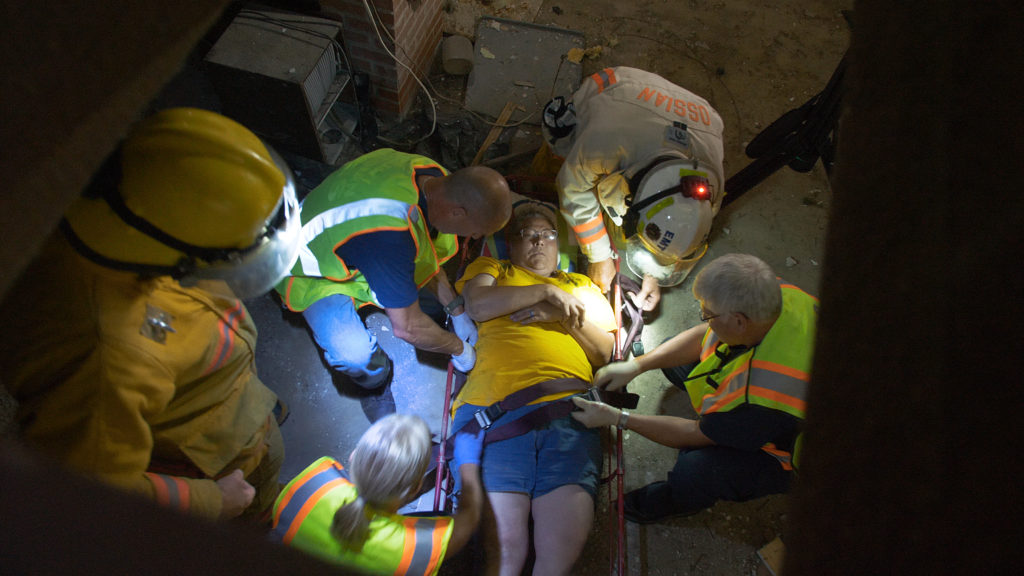
You probably carry a small flashlight or penlight in your medical bag. This can be useful to illuminate a patient's wounds or to diagnose a condition, but a handheld light does require you to physically hold the light, leaving you compromised to do your work. The other option is to tuck the light between your shoulder and neck or even clasp the light between your teeth.
Besides being very inefficient and uncomfortable, these last two methods increase the spread of biological threats being transmitted from the gloves that touched the patient and then the flashlight.
Headlamps today use LEDs that are brighter, lighter, and use less power.
You can light up the entire room with just your headlamp. When seconds count, this can mean the difference in quickly assessing injuries and possible threats of a given situation. LEDs are much more efficient with longer runtimes and less opportunity for failure during a long shift.
The small size of the headlamp easily fits in the side pocket of a medical bag or cargo pocket, leaving more space for other vital equipment.
It seems obvious, but the beauty of a headlamp is that the light is always pointed where you are looking. When tending to injuries, a headlamp casts an even, shadowless light on the working area.
Whether it's picking up a patient, bandaging a wound, or administering an IV – you need to use two hands to do your job properly. The hands-free operation of targeted light gives you the ability to work faster and more efficiently.
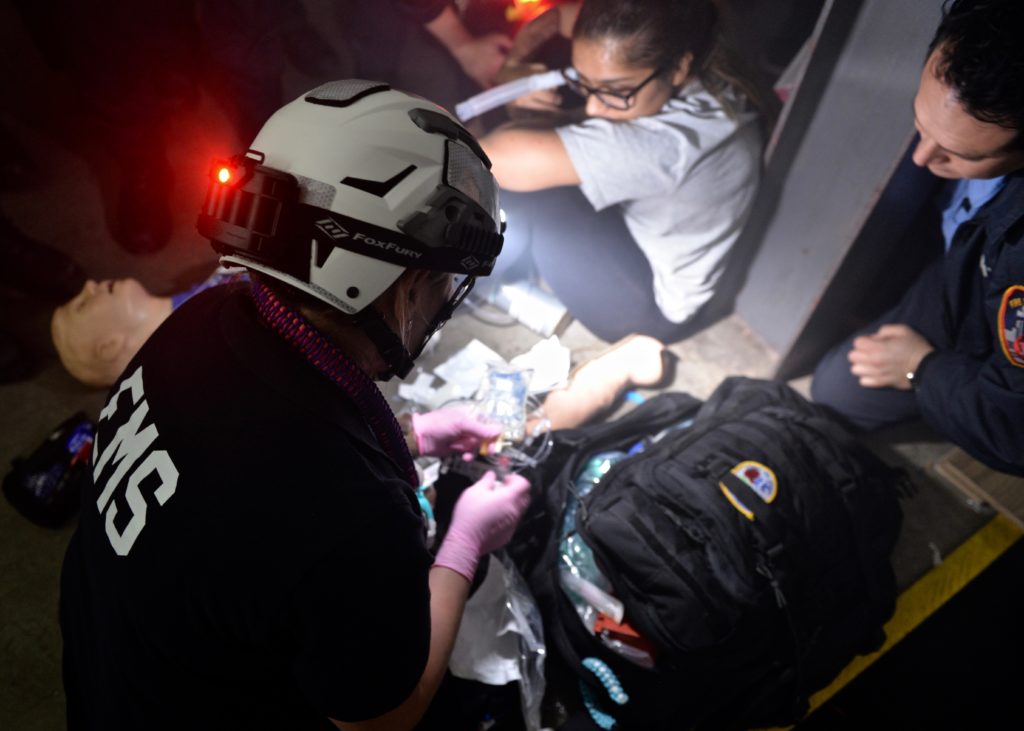
The most conventional method of using a headlamp is on the head, but headlamps also have a tilt function allowing the beam to be adjusted forward or tilted downward. Another technique is to flip the headlamp upside down to tilt the beam upward instead of down. Firefighters sometimes use this technique to quickly adjust their light to look up at a ceiling of smoke without having to tilt their heads up.
Additionally, some will wear the headlamp around their neck rather than on their head. The headlamp sits comfortably around the neck and still provides excellent illumination for the work area.
Many headlamp manufacturers focus (no pun intended) on making a long throwing beam, which equates to higher perceived output. This is beneficial if you work in situations where you need to see long distances like search and rescue. Most of your work as a paramedic or EMT is close range. The ability to evenly illuminate the close range is going to be most important to you.
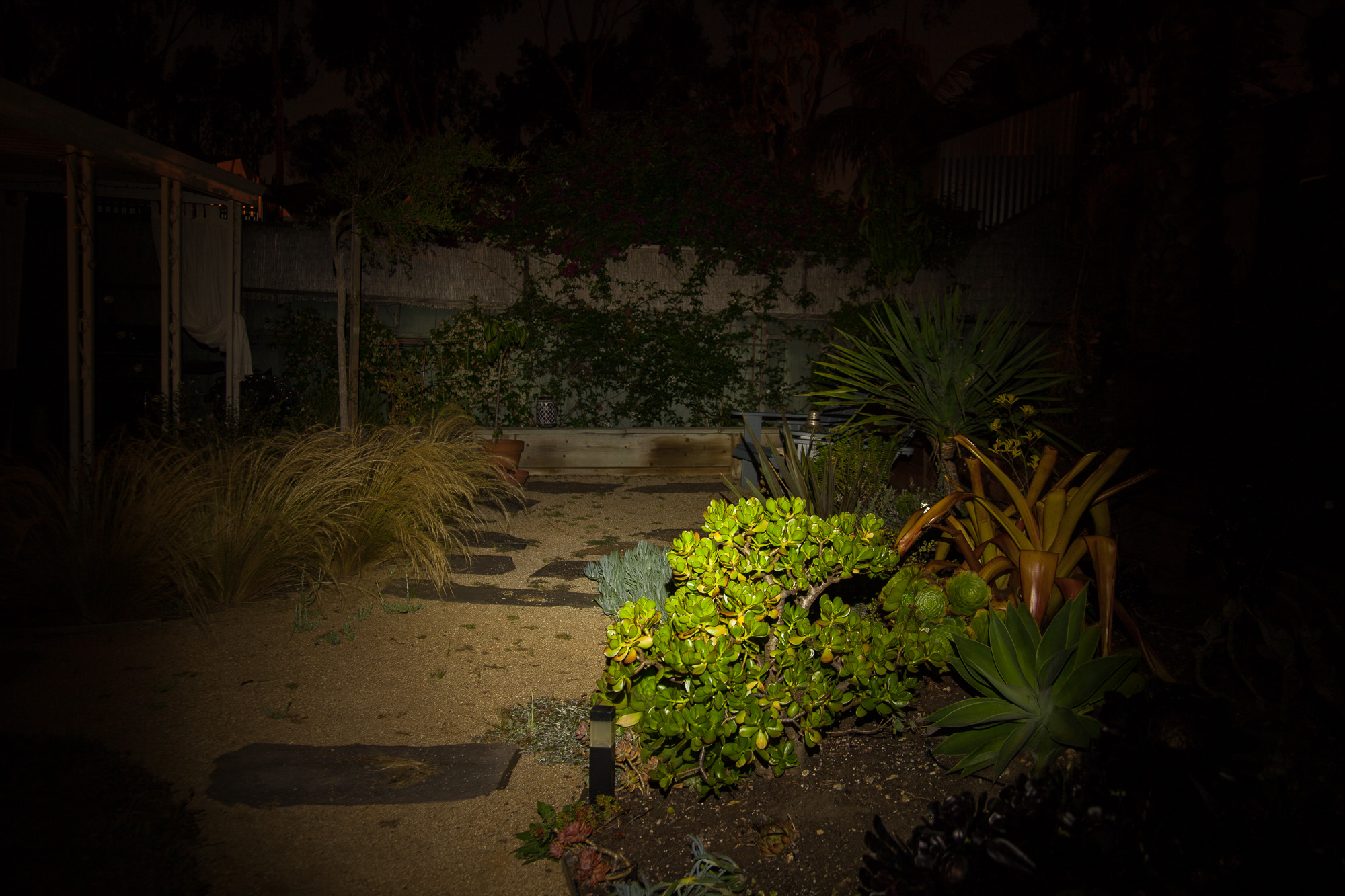
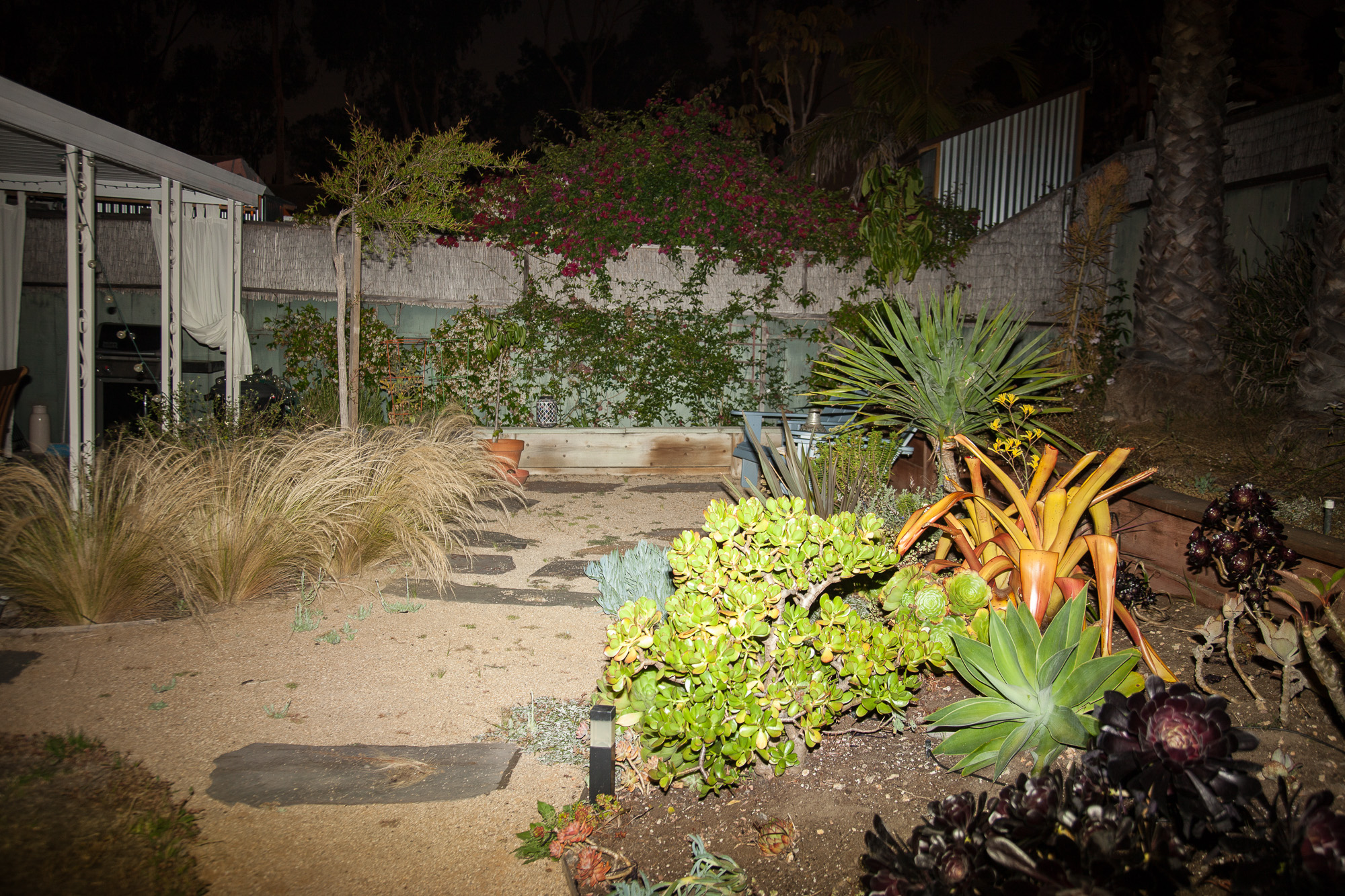
Brand B (left), FoxFury Discover (right)
A broad panoramic beam allows you to see more areas more easily. This also aids in situational awareness, which can be critical if you work in an area where there is a potential threat. A powerful, narrowly focused beam will create a bright hotspot in one central area with a dramatic falloff of light around the center point. This results in more significant eye fatigue because your eyes are continually adjusting between the very bright hotspot and the dark surrounding area.
When your shift starts, you have no idea how long a call will last. You need your light to have a long runtime that will last through your shift and not fail.
Weather and call situations are unpredictable; you need a solid waterproof design that ensures your light is working when you need it the most.
It's also inevitable that you will have blood and other biological fluids spayed or wiped on you. A waterproof design assures that you can decontaminate your headlamp afterward to reduce the potential spread of infectious disease.
The accuracy of the color of light is measured by CRI or Color Rendition Index. The higher the CRI on a scale of 0-100, the more accurate the color. A CRI rating of 100 is on par with the sun. Many inexpensive headlamps use low-quality LEDS that have low CRI. Their light skews to a specific color like green or blue.
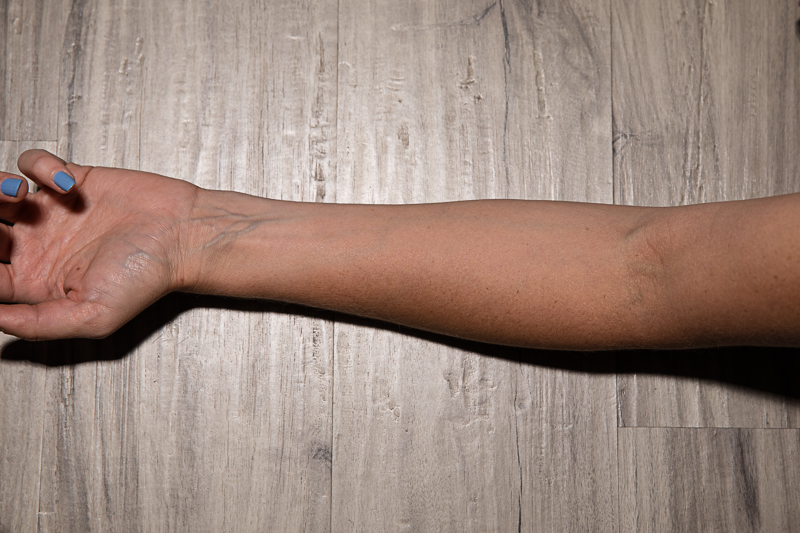
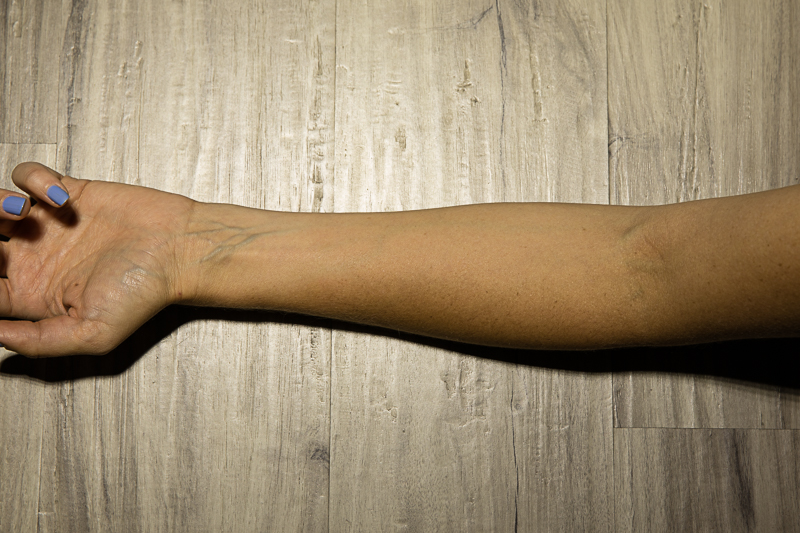
95 CRI (left), 65 CRI (right)
Why is this important to EMTs? If you are assessing a patient's condition based on the color of their eyes, nails, or skin, a low quality LED light with low CRI could render colors incorrectly and cause you to misdiagnose a patient's condition. Using a high CRI light allows you to make better decisions, faster.
The headlamp is often overlooked as a lighting tool for EMS. No matter the situation you're facing, the lighting equipment you use must offer the best solution for your call. The benefits of a headlamp make it an invaluable piece of equipment that should be in any med bag.



Enter your details below to save your shopping cart for later.